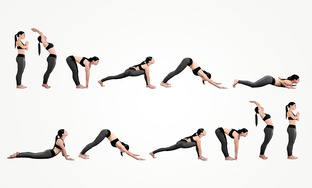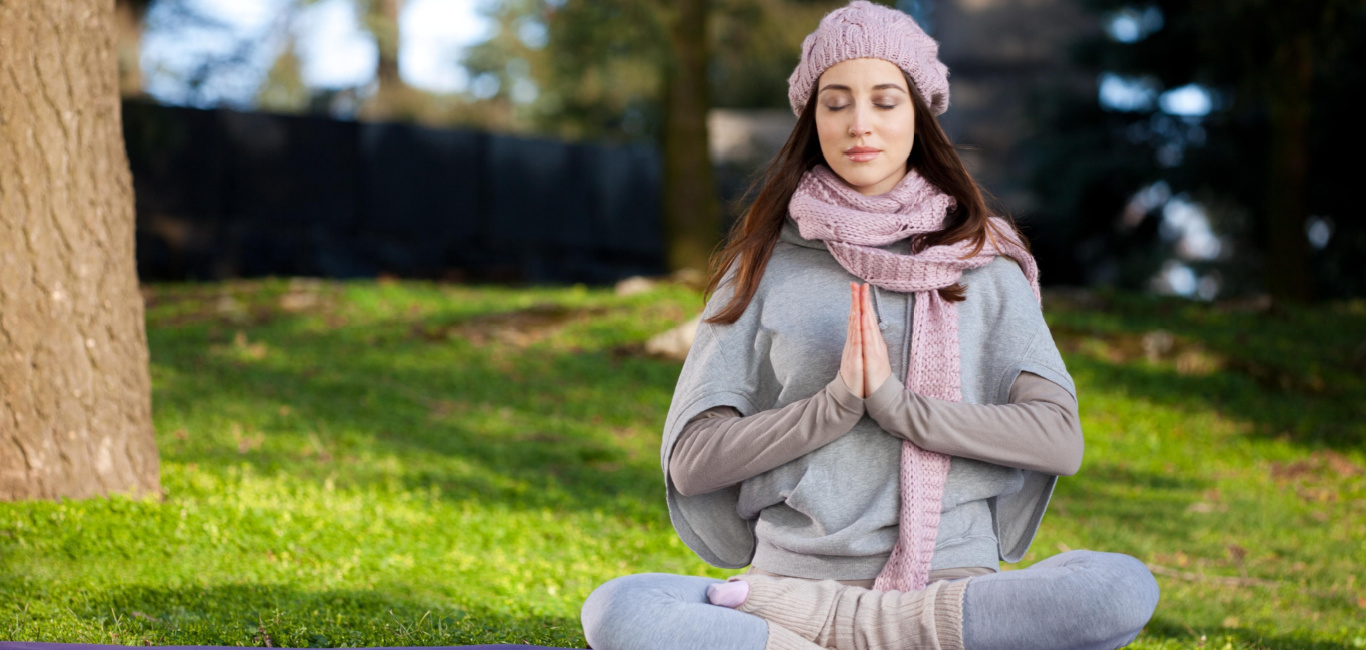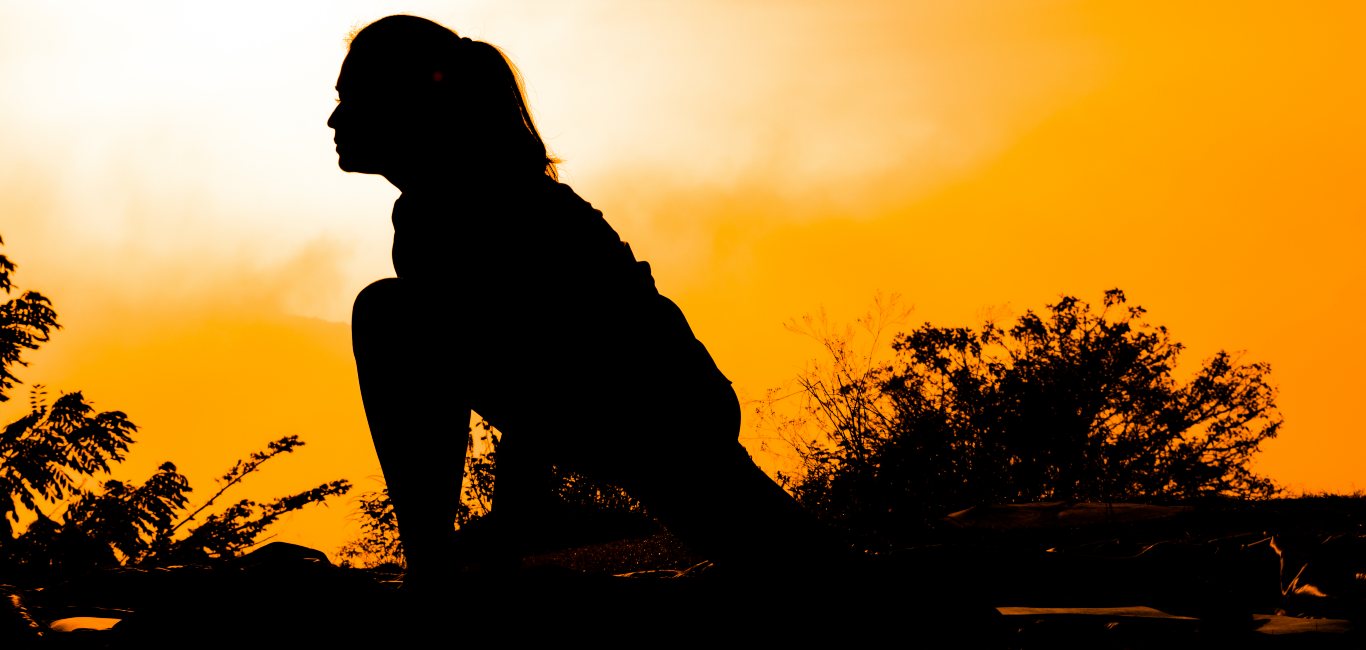
“It feels like my body is breathing,” says artist and musician Shefali Nayan from Ahmedabad, Gujarat, about the aftermath of her sessions of surya namaskara.
Nayan says she is seeing a positive transformation in her life after she took up yoga, especially surya namaskara.
She used to walk regularly to keep fit and stay healthy. Although her fitness plan was on track, she felt she needed a sustainable form of exercising and joined a yoga school close to her home. Now she is happier about it.
Artists need focus to come up with the best of their creativity, says Nayan, 45, adding that surya namaskara has improved her creativity. It has aided her to cope with stressful days. And combined with pranayama, it has helped with breath control when she sings.
Nayan’s yoga instructor Bhakti Shah, who runs Bhakti’s Yoga of Ahmedabad, admits to having a special enthusiasm for surya namaskara. Shah and her musician husband have developed a special module of surya namaskara. Their module involves 108 cycles of surya namaskara performed in 40 minutes with music playing in the background.
Surya namaskara means saluting the sun, the natural source of light and energy to Earth and its inhabitants. The sun postures, usually performed at the first light of the day or sunrise, add a sense of positivity in those who practise them, says Shah.
Although there is more than one version, the one involving 12 steps is considered classical. The sequences may vary, but the postures remain the same. The 12 steps are performed in a sequence along with the chanting of hymns or names of the sun.
Chanting hymns while exercising improves breath control, explains Abhijeet Kulkarni, a charted accountant who also teaches yoga in Pune.
The 12-step cycle
The sequence may vary as per the schools of yoga.
- The prayer pose (pranama asana)
- The raised arms pose (hasta uttasana)
- The standing forward bend pose (hasta padasana)
- The equestrian pose (ashwa sanchalanasana)
- The stick pose (dandasana)
- Saluting with the eight parts (sashtanga namaskar)
- The cobra pose (bhujangasana)
- The mountain pose (parvatasana)
- The equestrian pose (repeat #4)
- The standing forward pose (repeat #3)
- The raised arms pose (repeat #2); and
- The prayer pose (return to the first stance)
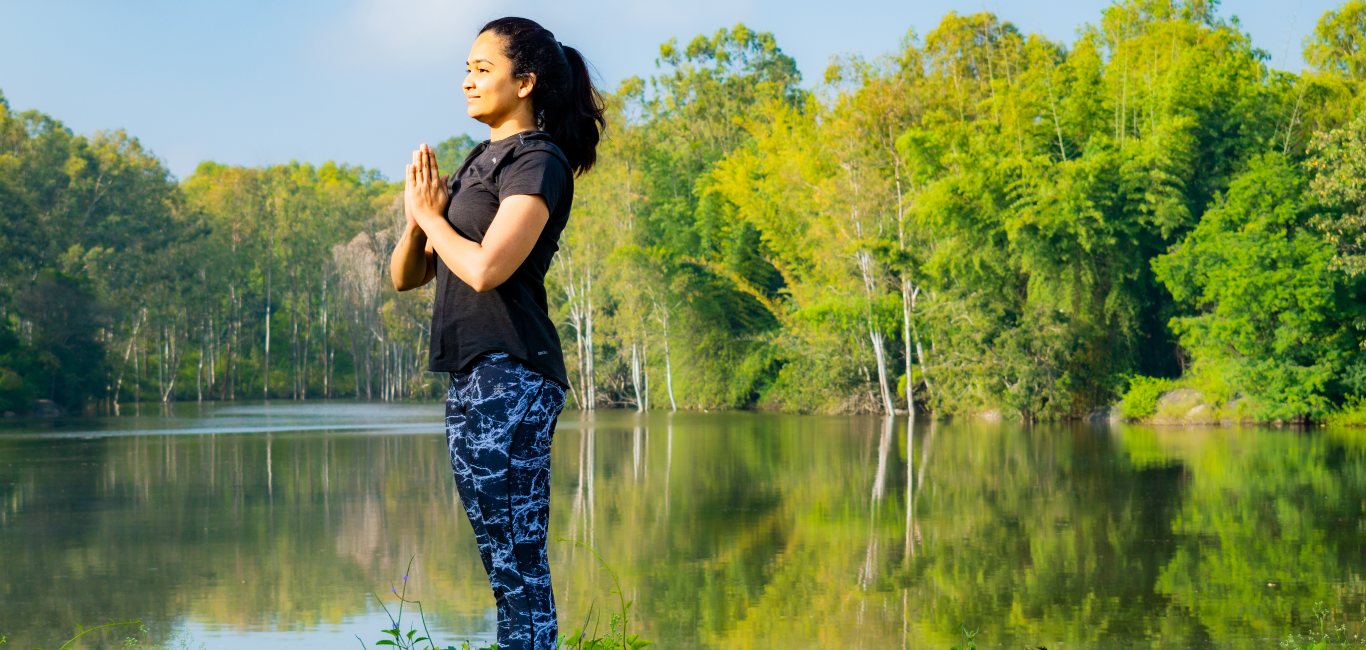
The prayer pose is performed standing upright facing the sun, folding the hands (namaskara) together at the middle of the chest while relaxing the entire body with eyes closed. The pose is said to be calming.
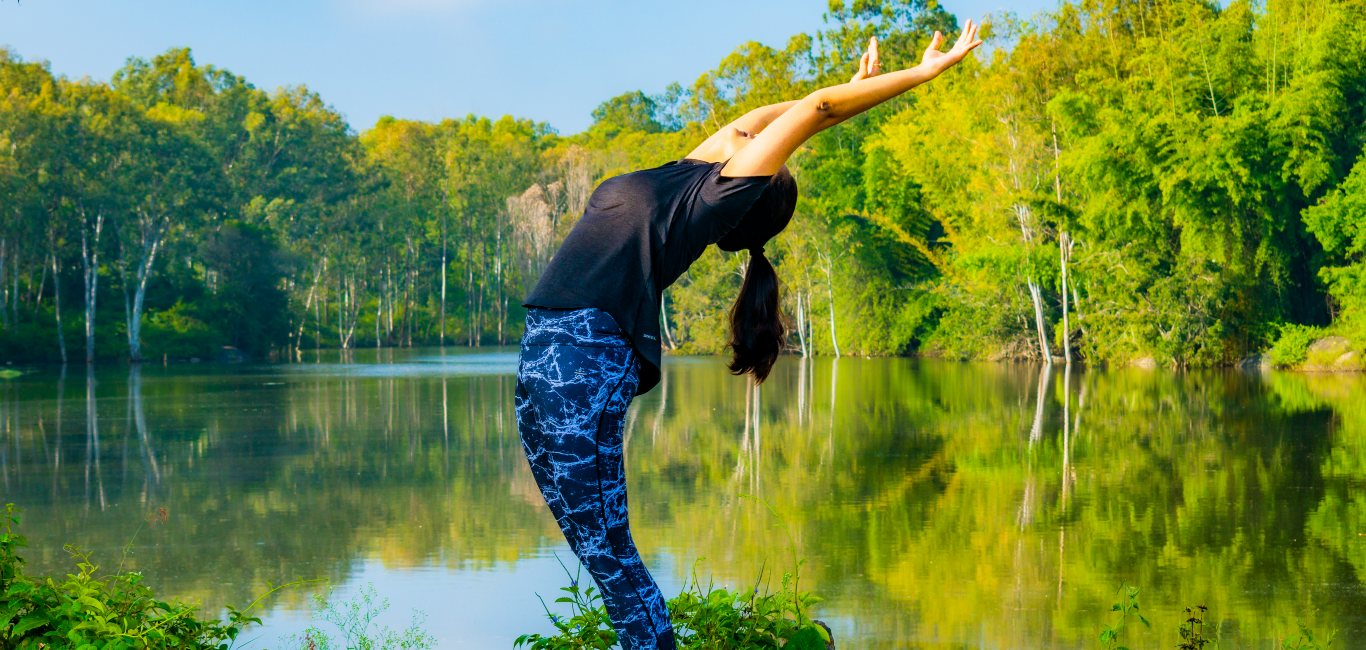
The raised arms pose is performed by exhaling deeply and stretching the arms forwards and above the head. Next, one arches backward. This pose helps to stretch the upper body and the abdominal muscles.
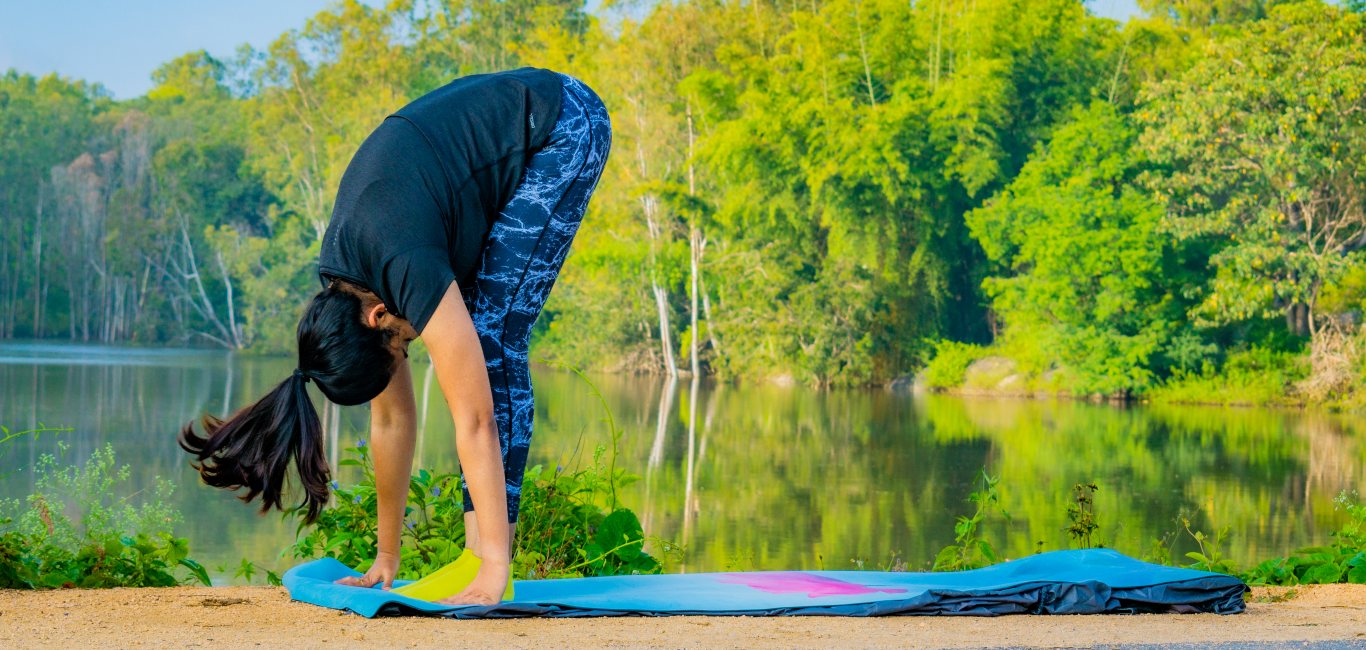
The standing forward bend pose involves exhaling deeply, bending forwards and touching the floor with hands. This pose stretches the backbone and improves its flexibility. Kulkarni says the raised arm pose followed by a standing forward bend is good for those with constipation. It improves blood circulation, makes the back flexible and reduces stiffness in the spine.
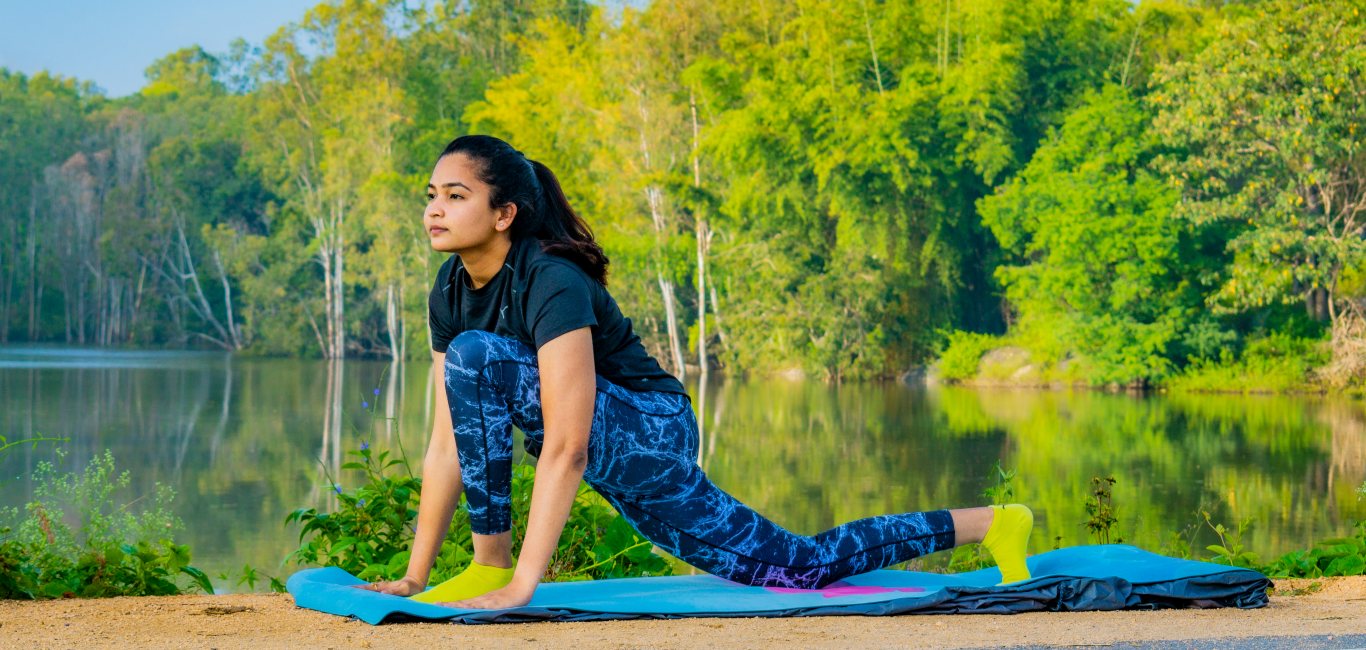
The equestrian pose represents a person on horseback. This involves stepping the right leg back and bending the left knee down keeping the foot flat on the floor. Palms are placed on the floor; the shoulders are rolled back with the head raised. This step strengthens the shoulders, arms and wrists, says Kulkarni.
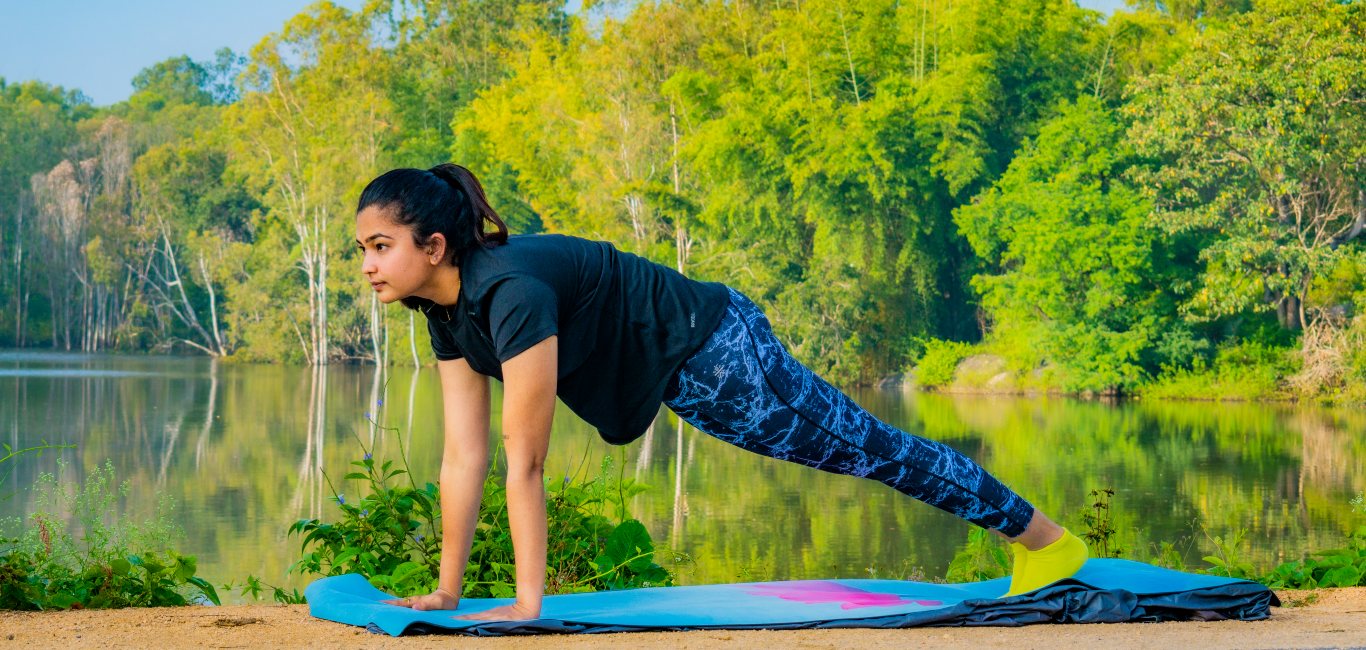
The stick stepping back on the left leg, placing the palms on the floor and bringing the whole body into a straight line. This pose strengthens the muscles of the legs and back.
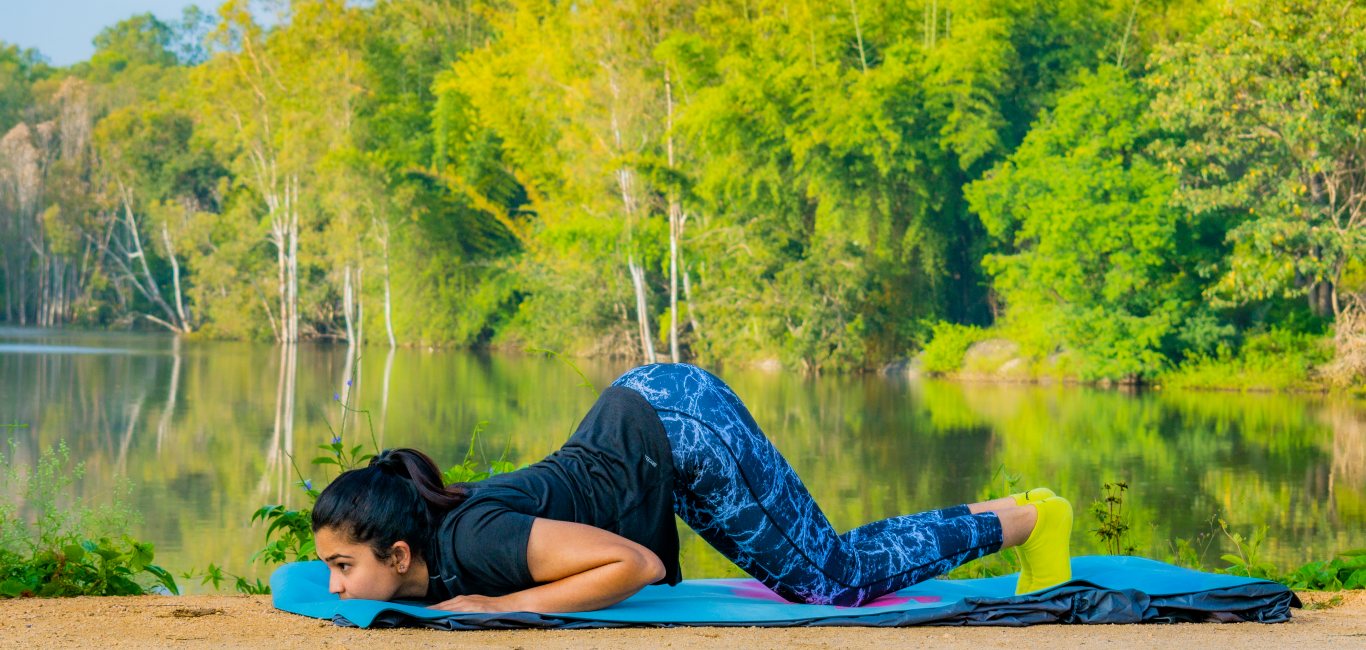
Saluting with the body’s eight parts involves touching the chin, chest, both knees, both feet and both hands to the ground while taking the hip back slightly. The chest and the chin should touch the floor.

The cobra pose involves says this pose benefits people with lower back aches due to spondylosis or stiffness in the spine. The bonus: “Performing the stick, eight parts and cobra poses in continuation can help to reduce belly fat.”
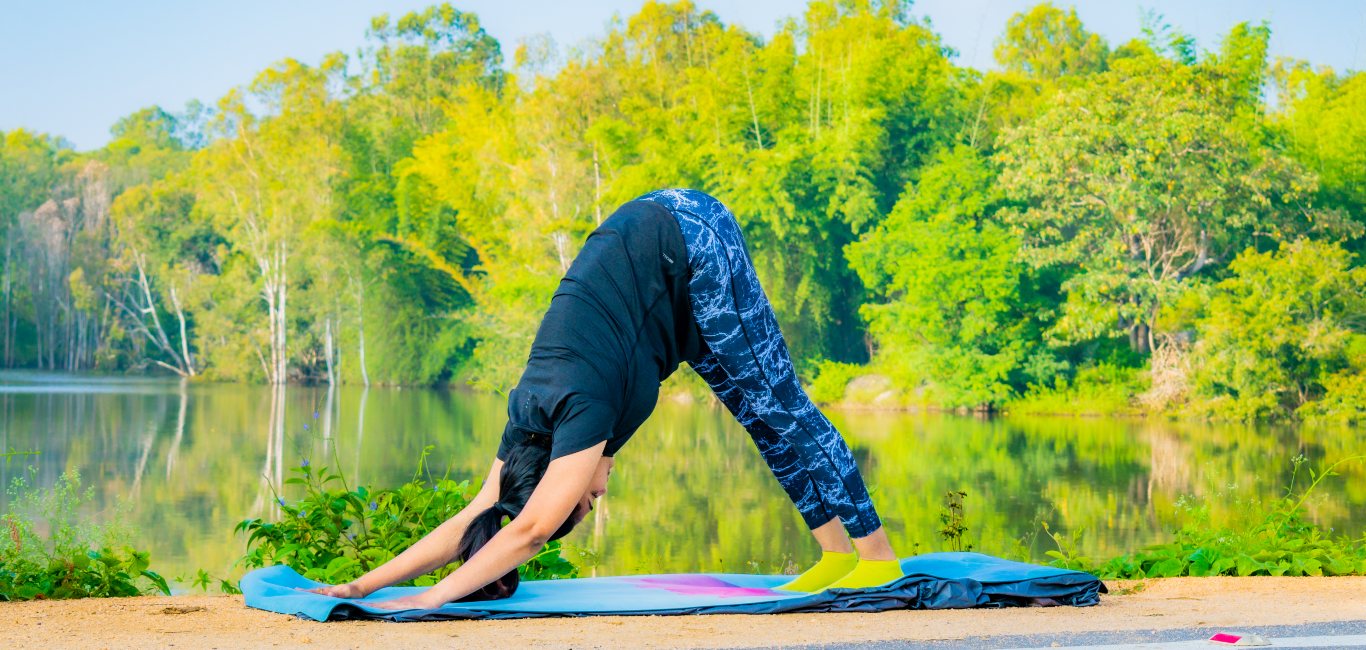
The mountain pose gets its name from the profile of the posture. It is performed by bending forward and resting the palms down on the floor, making an inverted V with the body. It strengthens the wrist joints and legs and improves the blood flow to the head. It also benefits women facing symptoms of menopause like stress and headache.
Following this mountain pose, the first four poses are repeated but in reverse order.
Ideally performed at sunrise facing the East, it can also be done at sunset but facing the West. Bhakti Shah says that one can initially assess their body’s ability and limitations to do the asanas. Once comfortable with them, they can progressively increase the holding time, but never beyond the body’s ability.
Total workout
Shah says it is regarded as a full-body workout as it involves the movement of minor and major joints.
A 2019 study conducted by researchers from the MGM School of Physiotherapy in association with the MGM Institute of Health Sciences and MGM Centre of Human Movement Science, Navi Mumbai, Maharashtra, evaluated the kinematics (the study of motion) of the body while performing surya namaskara. The researchers found that surya namaskara increases the mobility of almost every joint and stretches the body’s muscles thoroughly.
Physiological benefits
Whether it is done slowly or fast, it has a positive impact on physiological parameters. This was demonstrated by a small-scale study conducted by Ananda Balayogi Bhavanani and the team from the Advanced Centre for Yoga Therapy, Education, and Research at the Jawaharlal Institute of Postgraduate Medical Education and Research, Puducherry, in association with the Department of Medicine, University of Toronto, Canada.
The study was conducted on 42 school-going children in the age group of 12-16 years. They were allocated into slow and fast surya namaskara groups.
The researchers concluded as follows:
- The set of exercises has positive benefits on physiology.
- It improves pulmonary function, respiratory pressure, hand grip strength, exercise endurance and cardiovascular parameters of the performer.
- They also demonstrated the differences between slow and fast surya namaskara. The effect of fast surya namaskara was found similar to aerobic exercises while the slow surya namaskara was similar to the effect of yoga training.
Effect on muscle, endurance, stress
A study conducted by Maharashtra’s V.M. Government Medical College, Solapur, in association with M R Medical College, Gulbarga, Karnataka, evaluated the effect of regular practice of sun salutation on muscle strength, general body endurance and body composition. It involved 49 men and 30 women.
The researchers found that practising 24 surya namaskara cycles for six days a week for 24 weeks helped the participants to maintain their optimum levels of fitness.
A 2015 study conducted by Pune University, Maharashtra, evaluated the effect of surya namaskara on relaxation. It involved 124 college students who had high stress. It found that surya namaskara brings about physical and mental relaxation, muscle strength, awareness, besides reducing sleep disturbances and negative emotions.
Who cannot perform this exercise
– Pregnant women
– People with wrist injury or spine injury
– People with cardiac issues
– People having arthritis with joint immobility


